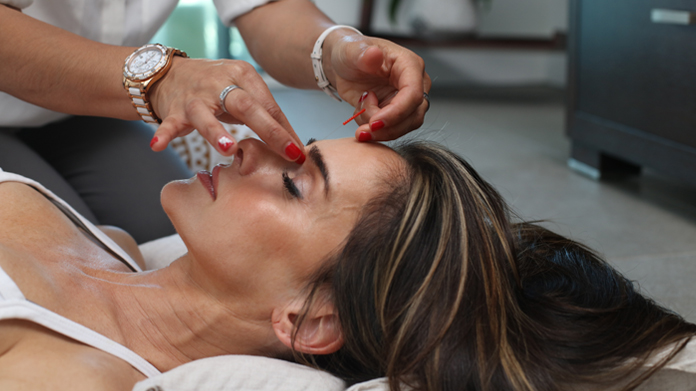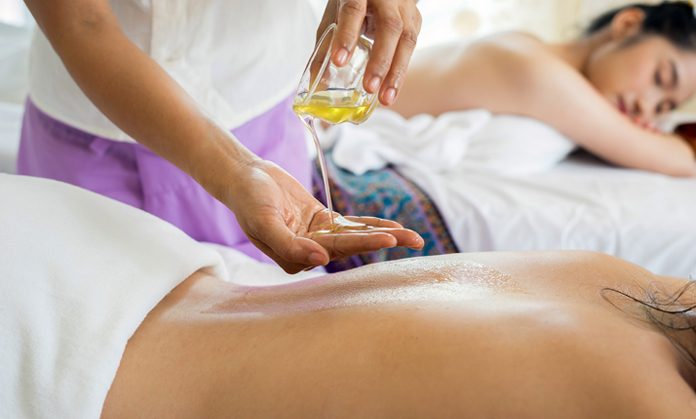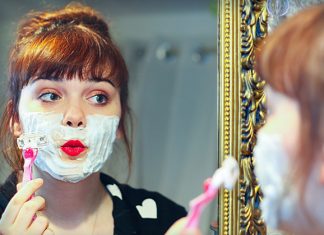In layman’s terms, the lymphatic drainage massage can be defined as the gentle massage that prevents the accumulation of lymph fluids in the body. Creating this movement in the lymphatic system removes toxins and waste that might accumulate in the tissues.
This kind of lymphatic drainage massage is beneficial for people suffering from fibromyalgia and lymphedema, along with other conditions.
In both normal and healthy people, the lymphatic system uses smooth muscle tissues to remove body wastes. But for people with certain medical conditions and surgery, smooth functioning is disrupted.
In such cases, a different condition evolves, which causes the build-up of fluids in the body’s lymph system. This process is known as lymphedema. You will find people who have had surgeries suffer from this condition.
Doctors usually suggest lymphatic drainage massage for such patients under the guidance of a physical therapist or a certified massage therapist.
However, not everyone can opt for lymphatic massage. This massage is not a good option for people who are suffering from conditions such as
- Infection
- Liver problems
- Kidney problems
- Congestive heart failure
- History of stroke or blood clots
Benefits of Lymphatic Massage
Unlike the heart, the lymph system totally relies on normal muscle functioning to keep the flow of fluids and prevent a fluid build-up.
Sick people, particularly those who have gone through surgeries, cannot keep up the smooth muscles, leading to a fluid build-up. This condition is known as lymphedema.
When lymphedema occurs, lymph fluid collects in the arms and legs or any other region which does not receive adequate muscle movement, and the region swells up.
Then you will require a lymphedema massage. The lymphatic system can get damaged in infections and lymph node removal, often done in cancer patients. Lymphatic massage benefits include reduction of the swelling and good health of the lymphatic system.

Who Should Benefit from Lymphatic Massage?
People who will benefit from lymphatic massage include the people who are suffering from the following problems:
- Edema
- Lymphedema
- Fibromyalgia
- Skin disorders
- Insomnia
- Fatigue
- Stress
- Digestive problems
- Arthritis
- Digestive problems
- Migraine
How to Perform a Lymphatic Massage?
Lymphatic massage techniques can be applied by trained professionals only. Even if you want to do lymphatic drainage self-massage, then get the training from a professional. They will be able to tell how to drain lymph nodes naturally.
These exercises can be done lying down, sitting or even standing. You will need to be comfortable while performing these exercises.
- The massage is not meant for the muscles so do not use extra pressure.
- The hands should be relaxed
- The swollen or infected area should not be massaged
- Parts of the body that have been treated for cancer should not be massages
- Drink almost four glasses of water following the massage to flush out toxins
Preparing for the Exercise
The following must be done before the manual lymph drainage therapy to prepare the lymphatic system to bring more fluid before the massage.
1. Correct Breathing
Deep breathing is necessary for moving the fluids to the lymph nodes and vessels. Place hands on your stomach and breathe deeply while holding the shoulders still. Exhale through the mouth and take a rest between the breaths.
2. Prepare the front Part of Your Neck
The middle and index fingers should be placed above your collar bone to stretch the skin gently. Move the finger from the end of the collar bone to the middle.
3. Prepare the Side of the Neck
Place the palm on the neck’s side right below the ears and move them towards the back and down.
4. Back of the Neck
Place your hands on the back of the neck near the hairline and slide it down the neck to the spine.
5. The Arms
The underarms also have lymph nodes that need to be prepared for lymphatic massage. This step is, however, not recommended for cancer patients. You will need to cup the hands and pump them toward and upward the body. Do this or both arms.
6. The knees
Place the hands behind the knee and pump it. Also, roll them upwards. Do the same for both the knees.
While massaging the lymphatic nodes, you should massage more than just the area concerned for the complete effect. The whole body’s lymphatic system drains near your left shoulder except for the right chest side and the head. So, a massage should include all these areas.
Stages of Lymphatic Massage
There are two stages in lymphatic massage: Clearing and reabsorption. The purpose of the
The clearing motion should be
The lymphatic drainage massage is basically a maintenance system that has to be followed meticulously and regularly. Ideally, 20 minutes each day should be devoted to this massage. Drinking water is also essential because only a hydrated tissue can successfully move out waste materials.
Side Effects of Lymphatic Drainage Massage
Normally, there are no side effects involved in lymphatic massage because it is pain-free. Massage techniques are primarily responsible for any pain or side effects, but no vigorous techniques are involved in this case.
- Sometimes vomiting and nausea can be noticed after the
massage . - Bruising also occurs in places where firm pressure is applied.
- If you are diabetic then the number of side effects can be slightly higher. Therefore, diabetics should get a blood sugar chart prepared if the levels are fluctuating and consult a doctor.
- The lymphatic drainage massage is not recommended for people with contagious skin diseases, heart failure, kidney failure, bleeding disorders, blood clots, etc because the risk of side-effects is high in these cases.
- If you are suffering from fever, arthritis,
goiter , eczema, rheumatoid arthritis, or undergoing radiation or chemotherapy then approach this massage with caution.
Take Away
Lymphatic drainage massage is beneficial only when applied by an expert. It reduces swelling and improves the lymphatic system.






